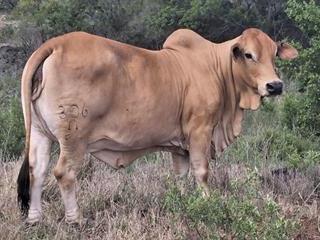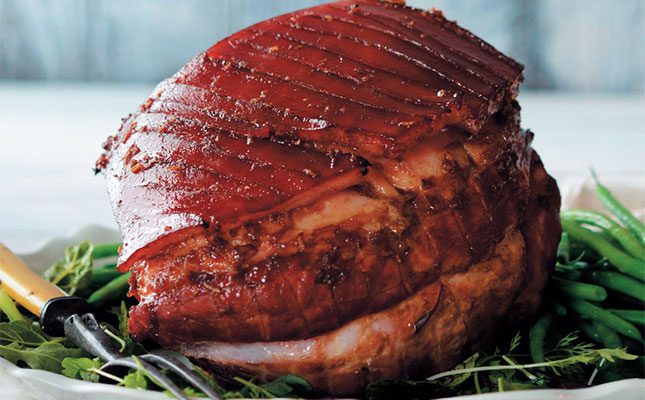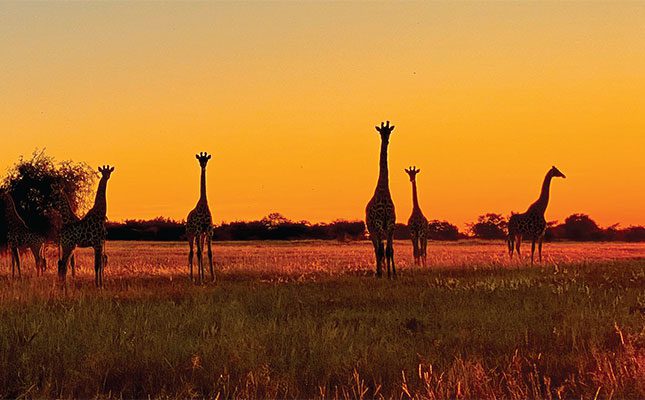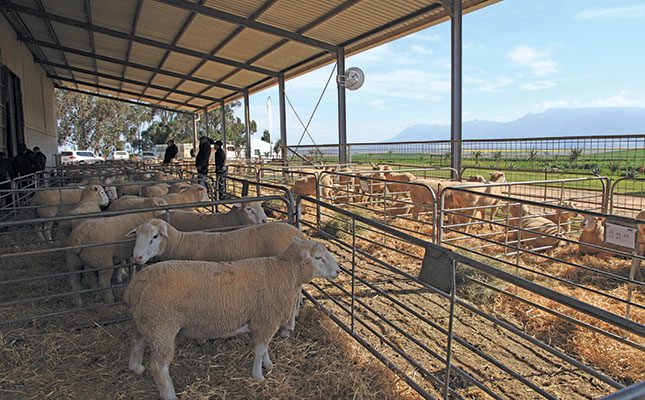Crocosmia and Chasmanthe originate in Southern Africa – one species in Madagascar and seven in South Africa – but as their habitat degrades, they’re more likely to be found in cultivation here and in the UK.
Crocosmia and Chasmanthe are two small genera of similar-looking plants in the Iris family Iridaceae. Chasmanthes are found in the winter rainfall region while Crocosmias, with one exception, inhabit the forests and grasslands of the summer rainfall region.Falling stars: Crocosmia Surprisingly, Crocosmias are far better known and more popular in the UK than in their native countries. There are nurseries in England and Ireland specialising in Crocosmias and, as they have done with many of our species, they have selected, hybridised and bred our Crocosmias over a long period. There are currently well over 200 magnificent named cultivars of Crocosmia available from nurseries in the UK, most of which are hardy enough to withstand the winter temperatures there, and a number of national Crocosmia collections registered with the Royal Horticultural Society.
Crocosmias are medium-sized, vigorous, deciduous perennials with corms rooting from below and a number of sword-shaped leaves, sometimes ribbed, arranged in an upright fan. They reproduce both from seed and from creeping stolons, which sometimes give rise to dense stands of plants. The name is derived from the Greek krokos (saffron) and osme (a smell), possibly because the flowers have a saffron scent. They all have orange flowers that vary from tubular in the case of sunbird-pollinated species to star-shaped drooping flowers which have given to rise to one of the plants’ common names – falling stars. They flower primarily in mid- to late summer. There are eight species, one in Madagascar and seven in South Africa, which, with one exception, are concentrated in the eastern part of the country. The exception is the rare Crocosmia fucata which is confined to a few damp habitats in the otherwise arid region of Namaqualand. It differs from the others in that it is winter-growing and flowers in late spring.
The most widespread species is Crocosmia aurea which occurs in shade in evergreen forests from the Eastern Cape to Central Africa. The beautiful orange flowers hang from a large spike and are adapted for pollination by the swallowtail butterflies of these habitats. They are ideally suited to shady gardens and make a spectacular show when little else is in flower in March and April. I have seen them in the Kubusie Forest near Stutterheim where they are now very rare, and in riverine forest near Kei Mouth where they are more abundant. A popular garden hybrid known as Montbretia has probably originated from a cross between this and another East Coast species, Crocosmia pottsii. The rarest and most localised species is Crocosmia masoniorum, discovered in 1911 by Marianne and Edward Mason in the mountains to the north of Engobo and Umtata in the former Transkei. Plants grow on stream banks and festoon damp cliffs on the edge of waterfalls. It’s one of the most beautiful of the Crocosmias, but due to the inaccessibility of its habitats it’s seldom seen in the wild. Regrettably the few places where I’ve observed it are heavily infested with black wattle and are being degraded by excessive overstocking with cattle and goats. Measures are urgently required to upgrade the habitat and preserve this rare and beautiful plant.
The tallest and most vigorous of the species is Crocosmia paniculata, occurring from the Mpumalanga highlands southwards to the foothills of the KwaZulu-Natal Drakensberg, as well as in the eastern highlands of Zimbabwe. The bright-red to dull-orange flowers are carried on sturdy branches and are adapted for pollination by sunbirds. The last Crocosmia to be described, an inhabitant of the High Berg, was discovered by the veteran Drakensberg explorer Reginald Pearce who, in his epic book Mountain Splendour, published by Howard Timmins in 1978, mentions finding it at the head of the Mnweni Pass in 1977 at an altitude of 2 900m. He refers to it as “the mystery flower” and it was appropriately named in his honour in 1981 – Crocosmia pearsei.
The distinct Chasmanthe genus
While there are similarities between some Crocosmia species in flower shape and the appearance of the plants, there are taxonomic differences which place Chasmanthe into a distinctive genus. The three species making up the genus are found primarily in the winter rainfall area where they follow a winter growth and spring flowering cycle. As one of the earliest bulbs encountered by the Dutch settlers, they were introduced into cultivation in Europe in the mid-1600s. The most widespread of the three species is Chasmanthe aethiopica, a relatively shorter species growing in coastal bush and forest margins in a variety of soils, from just north of Cape Town to Kei Mouth in the Eastern Cape.
In contrast, the strikingly attractive and much cultivated Chasmanthe floribunda is a tall robust species with an erect flower spike and large orange-scarlet flowers. It’s an easy-care plant which thrives on little attention and is therefore a popular garden and landscape subject. It occurs naturally from coastal Namaqualand and the western escarpment near Nieuwoudtville, south to Hermanus.
A colour variant known as variety duckittii, descended from a pure yellow plant found in the 1920s near Darling, is much sought after by horticulturalists and gardeners. An enigma in this group is the narrow endemic Chasmanthe bicolor, known for more than two centuries from cultivated plants in Europe. Until recently its origin was unknown. Though it was reputed to have come from the Franschoek valley, wild plants have never been found there. A collection from an apparently wild population was made in 1988 in the Vrolikheid Nature Reserve near McGregor, but it wasn’t until August 2003 that the intrepid botanist Dr John Manning found an authentic small colony of wild plants, along a stream in the shade of riverine woodland between Swellendam and Suurbraak.
The interesting distribution and sometimes elusive habitats of this group in the fantastic range of South African wild flowers will hopefully encourage farmers and landowners to be more alert to the flora on their properties. Who knows what new and exciting discoveries are yet to be made? Read Crocosmia and Chasmanthe by Peter Goldblatt, John Manning and the Irish Crocosmia grower Gary Dunlop, published by Timber Press in 2004 as one of the plant collector guides of the Royal Horticultural Society in the UK. – Cameron McMaster ([email protected]).








